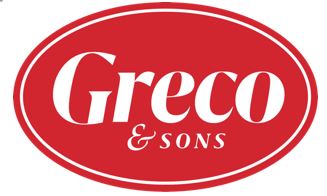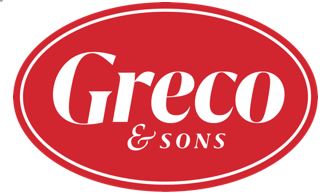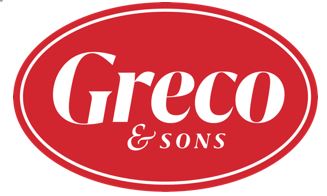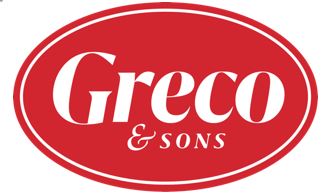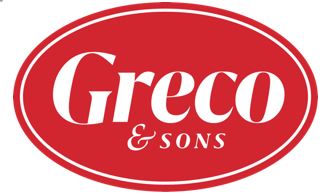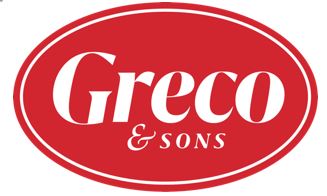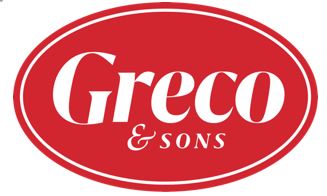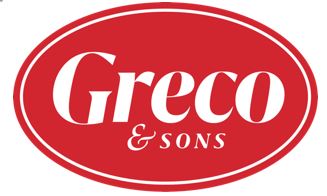Title Page
-
Site conducted
-
Observer
-
Colleague observed
-
Date conducted on
-
Start time at stop
-
End time at stop
-
Number of Cases at Stop
-
PPH
-
Observation reason
-
Location of observation (Custormer / Customeers)
Parking and Preparing to Unload
-
Parks truck close proximity to delivery access point ensuring enough space for ramp
-
Parks at dock when available
-
Activates parking brake, unbuckles seatbelt, and obtains STS handheld device
-
Obtains and reviews stop paper work while absorbing stop notes from manifest
-
Maintains three point of contact when exiting from Driver Side Door
-
Obtains Safety Cones from storage location and places them around the trailer
-
Walks to access door, gains entry and ensures customer is present to receive order
-
Hands over invoice and other required paper work to customer
-
Walk to trailer door and ensures area is clear of obstacles
-
If Trailers has a lift gate, lower and position liftgate to ensure proper clearance of the ramp
-
Unlatch ramp storage location and reach for hand holds on ramp with both hands
-
Pulls ramp out until fully extended, then lowers ramp to the ground. Uses appropriate BLAST technique when handling ramp.
-
Walks back to trailer door and lifts ramp into receiver slots
-
Unlatches roll up door and opens door.
Parking and Preparing Ramp & freezer
Parking and preparing for unload subsection: If freezer product is needed to be accessed from side door and PLATFORM is available
-
Driver walks to side door and opens side door, locking it in place. Secures base of platform with both hands and pulls platform from trailer body until it is fully extended.
-
Lowers steps to the ground and unfolds steps.
-
Closes side door until freezer delivery is performed.
-
Driver removes latching mechanism from ramp, secures ramp and pulls to ground
Parking and preparing for unload subsection: If freezer product is needed to be accessed from side door and RAMP IS AVAILABLE
-
Driver removes latching mechanism from ramp, secures ramp and pulls to ground
-
Places ramp into eyelets in side door of trailer.
-
Driver removes latching mechanism from ramp, secures ramp and pulls to ground
-
Delivery - Two Wheel Hand Truck
-
Driver obtains Two-Wheel hand Truck
-
Positions hand truck next to cases to be delivered at stop
-
If pallet needs to be prepared, Driver removes shrink wrap from pallet and disposes of trash immediately to avoid slip / trip / fall hazards or other poor housekeeping issues.
-
Selects cases for current stop and places them on hand truck with labels facing out.
-
If cases for future stop impedes current stop selection, organizes the handled cases by stop on trailer with labels visible.
-
Driver obtains hand truck and walks with steady pace to drop off point
-
Driver uses stairs and elevators when necessary
-
Slides stack of cases from hand truck to floor of drop off point
-
Once all cases are delivered to drop off point, Driver notifies customer and gathers signature of delivery, and any needed C.O.D.
-
If Cases are shorted, driver enters shorts on invoices and QR Code
-
If customer requests an eligible return, driver puts returned item into Invoices
-
Driver returns to access point and walks with hand truck back to trailer
If trailer space and pallet jack is available and stop requires freezer access:
-
Driver obtains pallet jack, moves pallets creating a path along the right side of trailer.
-
Driver asides freezer bulkhead and proceeds to select cases to floor of trailer.
-
If floor is contaminated, driver places cases on pallet
Completing Stop & Preparing to Leave
-
Enters back of trailer with hand truck
-
Places hand truck against wall, obtains load strap and secures hand truck to wall
-
Down-stacks and secures any remaining cases that may shift during travel
-
Obtains and stacks empty pallets on floor securing them
-
Walks to trailer opening, obtains trailer door hand strap, pulls door closed, and closes door hatch.
-
If truck is parked at dock, proceed to obtain cones and put in storage position
-
If Driver is using ramp, walk to end of ramp, and reach for ramp with both hands
-
Pushes ramp into storage location and closes latch
-
Walks back to driver side door
-
Opens Drive side door and enters call while maintaining a three point contact
-
Obtains keys, places them in ignition and start engine
-
Disengage parking breaks and proceed to next stop
Food Safety
-
Clothing / uniforms in good repair
-
No evidence of consuming food, beverages, or tobacco products outside of designated area(s)
-
Colleague understands when hand-washing is required
-
Cross Contamination/Cross Contact minimized with proper storage, staging, stacking and handling
-
Colleague following proper Food Defense practices
-
No major/critical damages to the trailer fixtures that could lead to loss of refrigeration
-
Primary and secondary refrigeration units were set to “On” and “Auto Start and Stop” and were functioning properly during the delivery process unless otherwise required.
-
During unattended delivery driver placed refrigerated and frozen product into the correct temperature-controlled storage areas.
-
Refrigeration units set correctly barring exceptions for winter conditions (primary = 0°F/-18°C, secondary = 36°F/2°C)
-
Driver ensured doors are closed, bulkheads, and/or curtains (if applicable) are in place and compartments are properly sealed whenever possible during delivery
-
Driver secured(lock/sealed) trailer door(s) when break/lunch is taken
-
Driver understands his/her responsibilities and corrective actions when route is monitored by TTR. (Interview Driver) Response should include door management, reduction of reefer set point and bulkhead cracking between stops.
-
Driver understands his/her responsibility during a reefer breakdown. (Interview Driver) Response should include contacting the supervisor.
Colleague Feedback
-
Colleague question: How do you think you Performed during this stop/'s
-
Colleague question: What do you think you could have done more efficiently?
-
Colleague question: What can we do to help you improve?
-
Colleague question: Do you understand Defined Work Methods?
-
Colleague signature
